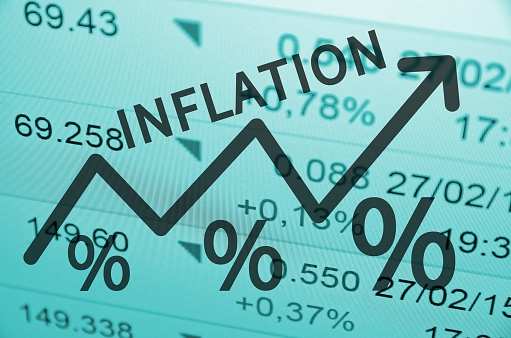INSUBCONTINENT EXCLUSIVE:
eighth straight month, increasing the chances for a key interest rate cut in June.
The annual retail inflation rate rose in March to 2.86
per cent, from 2.57 per cent in the previous month, government data showed on Friday.
A Reuters poll had predicted March retail inflation of
2.80 per cent.
Inflation has fallen sharply from the peak of 12.17 per cent reached in November 2013, a development that could help Prime
Minister Narendra Modi in general elections that began on Thursday and run to May 19.
However, declining farm incomes and record high
The election results are due on May 23.
While food inflation could pick up in the coming months, the central bank may wait for clarity on
October-December was 6.6 per cent, a drop from 7.0 per cent in the previous period and the slowest in five quarters.
A marginal increase in
inflation in March stemmed from higher costs for fuel, housing, health and education services
benchmark repo rate to 6.0 per cent, and many economists expect another 25 basis point trim in June.
The central bank has lowered its retail
inflation forecast to 3.8 per cent by January-March 2020, but warned it could be higher if food and fuel prices rise abruptly, or if fiscal
deficits overshot targets.
The next RBI policy review is scheduled for June 6.
Retail food prices rose 0.30 per cent in March from a year
earlier, after falling for five straight months.
Food prices could rise depending on the monsoon rains in June-September, which is crucial
Retail petrol prices this year have gone up 6.04 per cent and diesel by 5.5 per cent in Delhi.
Core consumer inflation, which strips out
after seeing inflation figures released on Friday.
Figures also released on Friday showed annual industrial output rose 0.1 per cent in
February compared with an downwardly revised 1.44 per cent for the previous month.

